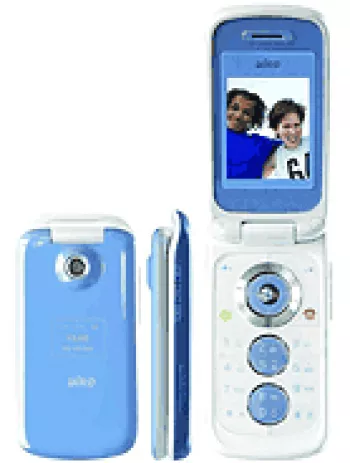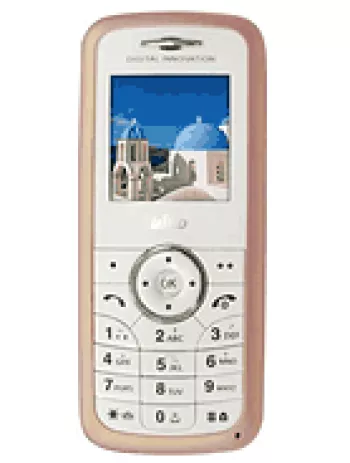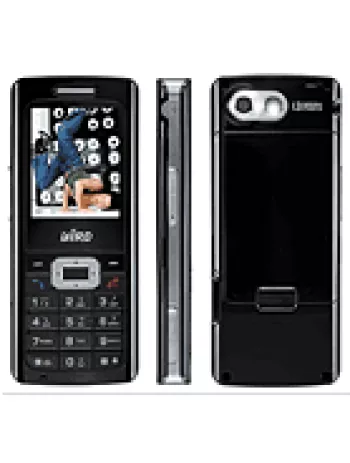
General Overview
The Bird M32, announced in 2007, was a feature phone that unfortunately never made it to the market as its launch was cancelled. Despite this, it's interesting to explore what it offered in terms of specifications and features, especially as phones like these form a significant chapter in the evolution of mobile communication.
Design and Display
When it comes to design, the Bird M32 was a compact device, measuring 94 x 46 x 16.5 mm and weighing only 84 grams. This made the device extremely portable and easy to hold. It featured a classic design with a small CSTN display of 1.8 inches, which represented about 23.6% of the screen-to-body ratio. The display had a resolution of 128 x 160 pixels, providing a pixel density of around 114 ppi. It supported 65K colors, which was standard for feature phones of its time.
Network and Connectivity
The Bird M32 was a GSM device that operated on the 900/1800 MHz frequency bands. It supported GPRS Class 10 for data services, but it did not have EDGE for faster data connectivity. The device was tailored for basic communication needs, best suited for calls and text messages, and came with a mini-SIM slot. Unfortunately, more advanced connectivity options such as Bluetooth or WLAN were not available, limiting its scope in connectivity.
Camera Specifications
The phone was equipped with a VGA camera, which was quite typical of feature phones at the time. While modern users might find a 0.3MP camera inadequate, it could still capture basic images, serving users who needed simple photographic capabilities. However, video recording was not possible with this device.
Memory and Storage
The Bird M32 provided basic storage capabilities, with a microSD card slot available for expanding storage. This feature allowed users to store more contacts, messages, and multimedia files, although specific RAM details are not known. The phonebook feature supported storing contacts, and for calls, it kept records of 20 dialed, 20 received, and 20 missed calls.
Audio and Sound Features
On the audio front, the Bird M32 came equipped with a loudspeaker and supported various alert types, including MP3 and polyphonic ringtones that could be downloaded. However, it lacked a 3.5mm headphone jack, which was a common port at the time for audio devices.
Battery Life
The device housed a 600 mAh removable Li-Ion battery, typical of the era. On standby, it could last up to 150 hours, while talk time was estimated at up to 3 hours and 20 minutes. These figures indicate a reasonable battery life for a phone of this nature, capable of sustaining users through a day of standard use.
Communication and Messaging
The Bird M32 offered basic messaging capabilities, allowing SMS, EMS, and MMS. It came with a WAP 2.0 browser for internet access, though the experience was likely limited due to hardware constraints. Java support was present, allowing users to run Java-based applications and games, which were popular during that period.
Additional Features
The phone included optional FM radio for entertainment, a feature that many users found convenient on such devices. Due to its cancellation, other features like specific sensors and positioning technology were not specified, nor could they be verified in practice.
Conclusion
In conclusion, while the Bird M32 was never launched, it provides a fascinating glimpse into the mid-2000s feature phone market. It encapsulated the simplicity and functional design of the era, prioritizing core communication tasks. Although limited by today's standards, feature phones like the Bird M32 played a crucial role in shaping the mobile landscape, serving as stepping stones toward the smartphones we have today.
Key Features of Bird M32
- Compact and lightweight design: 94 x 46 x 16.5 mm and 84 g.
- Support for GSM 900 / 1800 networks with GPRS Class 10.
- 1.8-inch CSTN display with 65K colors.
- Expandable memory via microSD card slot.
- VGA main camera for basic photography.
- FM radio (optional) for on-the-go entertainment.
- SMS, EMS, and MMS messaging options.
- WAP 2.0 browser support.
- Built-in games and support for Java (MIDP 2.0).
- Removable Li-Ion 600 mAh battery with up to 150 hours standby time.
Disadvantages of the Bird M32
- Network limited to GSM technology without EDGE support.
- The device was announced in 2007 but was cancelled, leading to lack of official availability.
- The display uses CSTN technology with only 65K colors, which may affect color vibrancy and viewing angles.
- The screen-to-body ratio is quite low at ~23.6%.
- VGA main camera with no video recording capability.
- Lack of a front-facing (selfie) camera.
- Does not feature a 3.5mm headphone jack.
- No Bluetooth or WLAN connectivity options.
- No GPS positioning feature available.
- USB connection uses a proprietary interface rather than a standard one.
- Limited battery life with only up to 150 hours of stand-by and 3 hours and 20 minutes of talk time.
- Only available in a single color option: Light Blue.
View Also
More Phones
All Rights Reserved +14267 Phones © Mobilawy 2025

























